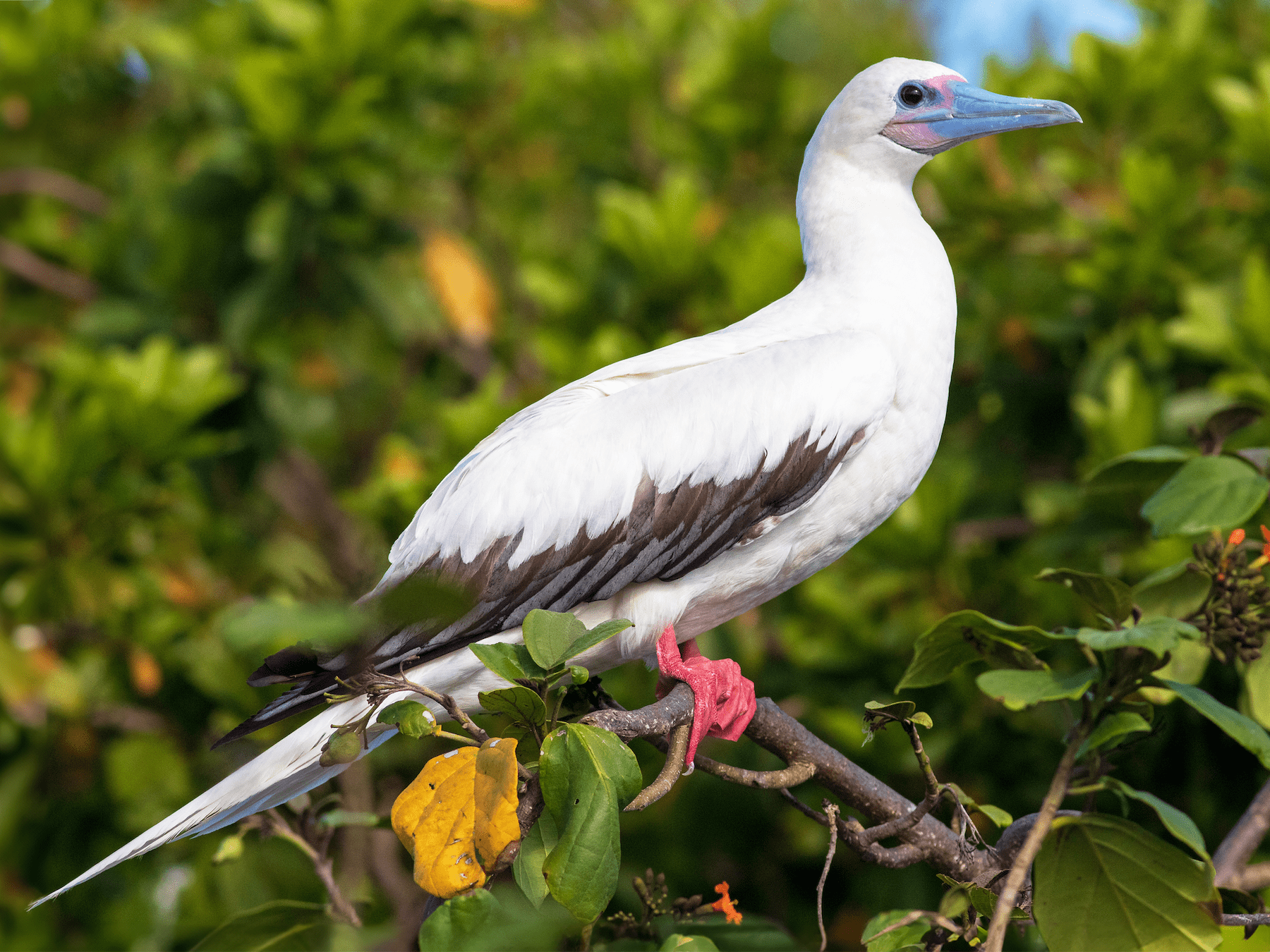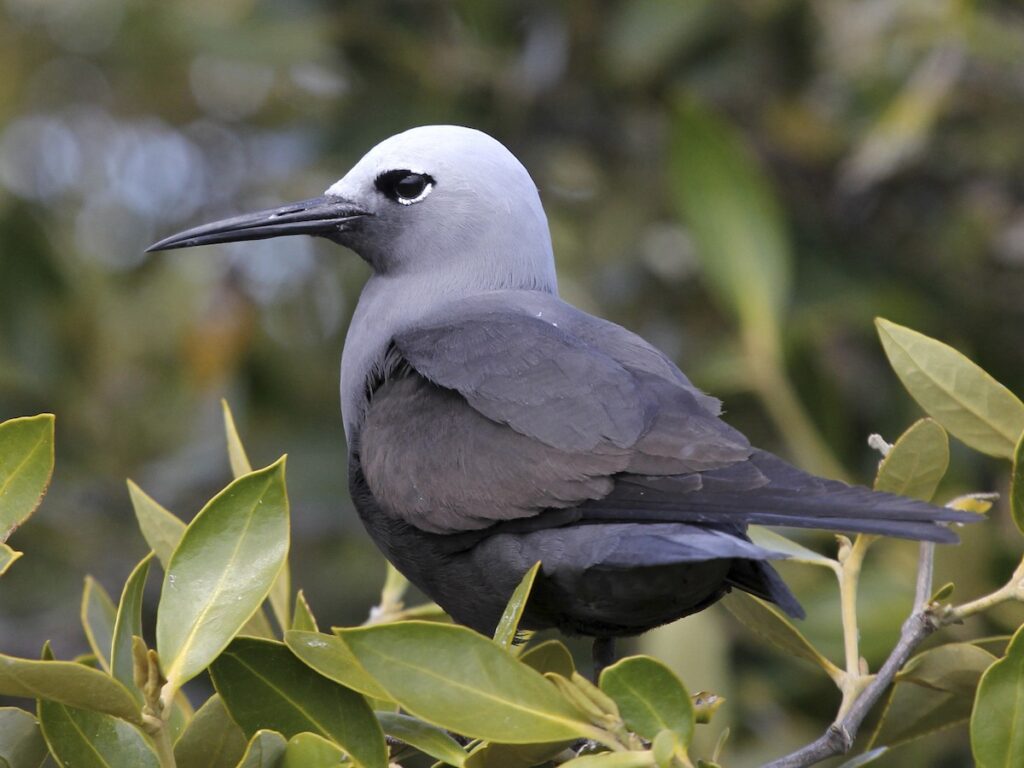
Red-footed booby (Sula sula) is a common visitor to Maldives. This bird is locally known as maadhooni or kadu heda maadhooni (Ash, Shafeeg, 1994).
Its red totipalmate feet, bluish-skinned face and throat, long, pointed bill, black remiges, and greater primary coverts with uniform dark wing linings are the four physical traits that distinguish this species. (Vishnulal, Nisanth, Ravinesh, & Saravanane 2024).
According to the Centre for Marine Living Resources and Ecology, Ministry of Earth Sciences, Kerala, and the Department of Aquatic Biology and Fisheries, University of Kerala, the Chagos Archipelago is the closest breeding colony of red-footed boobies. It also nests on Seychelles and Christmas Island in the Indian Ocean (Diamond, 1994; Nelson, 1978; Reville & Stokes, 1994; Votier et al., 2024).
From 18 August to 30 September 2003, a study took place on Europa Island (22.3° S, 40.3° E) in the Mozambique Channel using five different types of accurate small devices: accelerometers, global positioning systems, time-depth recorders, activity recorders, and altimeters. The study focused on the foraging behavior of seabirds over tropical waters.
Red-footed boobies forage during the day, according to the research. And they do not forage at night, likely due to the risk of predation. Based on the study, they also make good use of wind conditions, going fastest with tailwinds and slowest with crosswinds, with a median speed of 38 km/h. To study these boobies’ horizontal movements, 16 of them were given a GPS device with an antenna built in and a 1 MB flash memory powered by a rechargeable battery (Newbehavior; Zürich, Switzerland (Steiner et al. 2000)). The recordings were made every 10 seconds.
According to the study, they spent 66% of their foraging excursion in flight, employing a flap-glide and gliding for the remaining 68%. The study revealed that the boobies frequently came into contact with water. There were 30 landings each hour, whether they were plunge diving, surface diving, or both. It was only up to 2.4 m deep, though.
Researchers discovered that the majority were plunge divers. Researchers discovered that they hunted and pursued prey with remarkable skill. Because of their widespread use of gliding, they may cut their trip costs by using the wind. During the foraging and transit stages, they frequently soar to elevations of 20–50 meters to spot prey.
Researchers think that they go up to 500 m in the air to avoid being attacked by frigatebirds that live near the coast (Weimerskirch, Corre, Coudert, Kato, Marsac, 2005). Throughout the Atlantic, Pacific, and Indian Oceans, red-footed seabirds are prevalent in the tropical and subtropical regions. Their name is derived from the Spanish word “bobo,” which means “fool” or “clown” and is a reference to their ungainly movement on land. The Galapagos is home to three species of booby.

